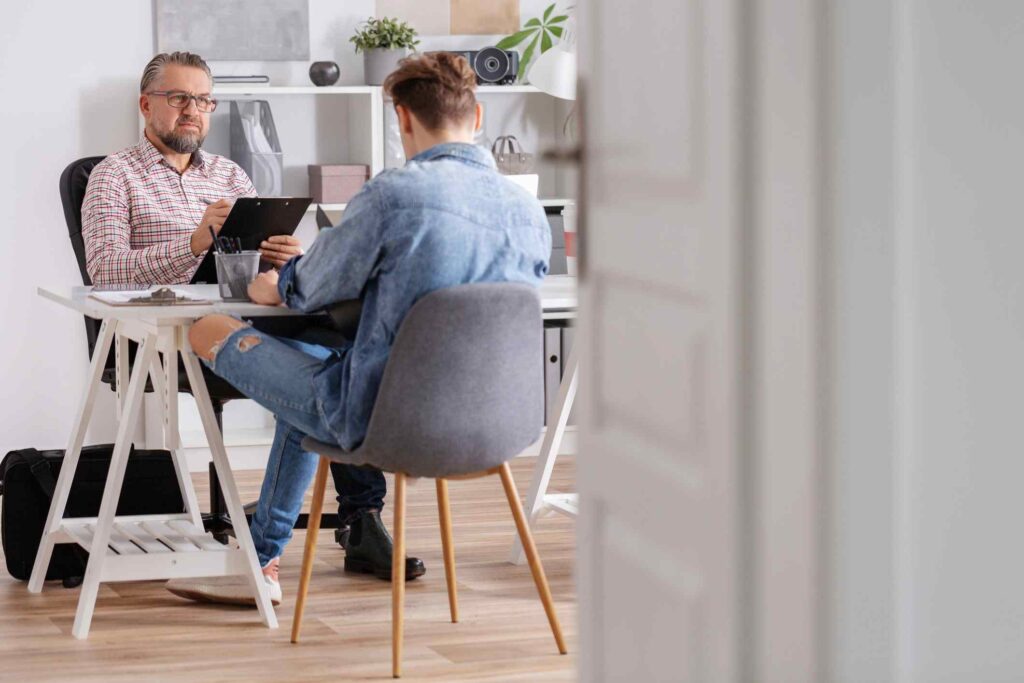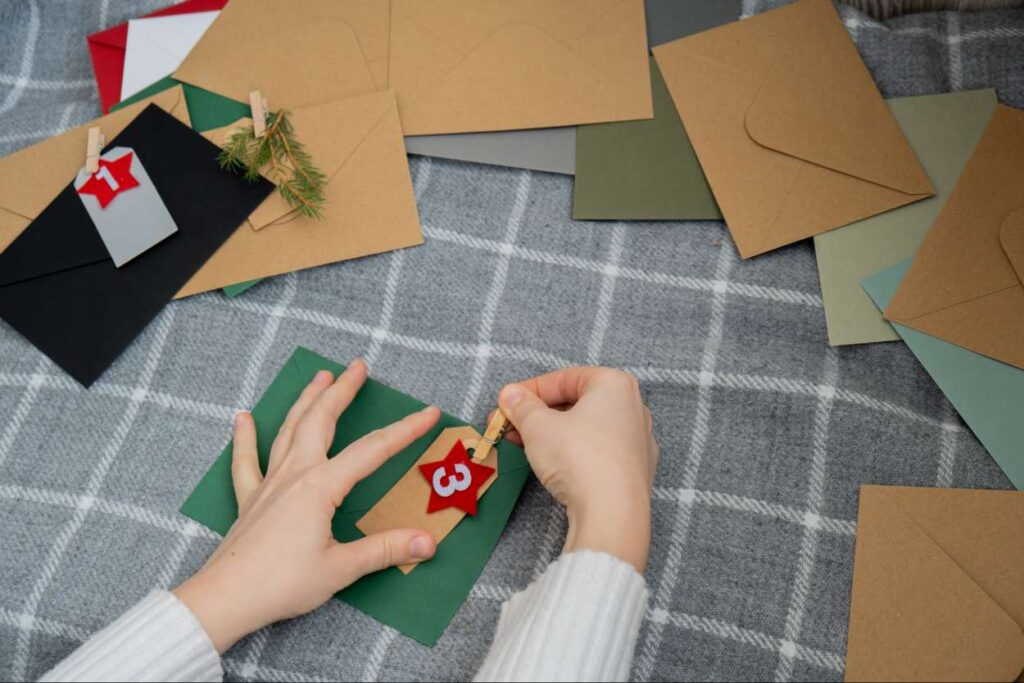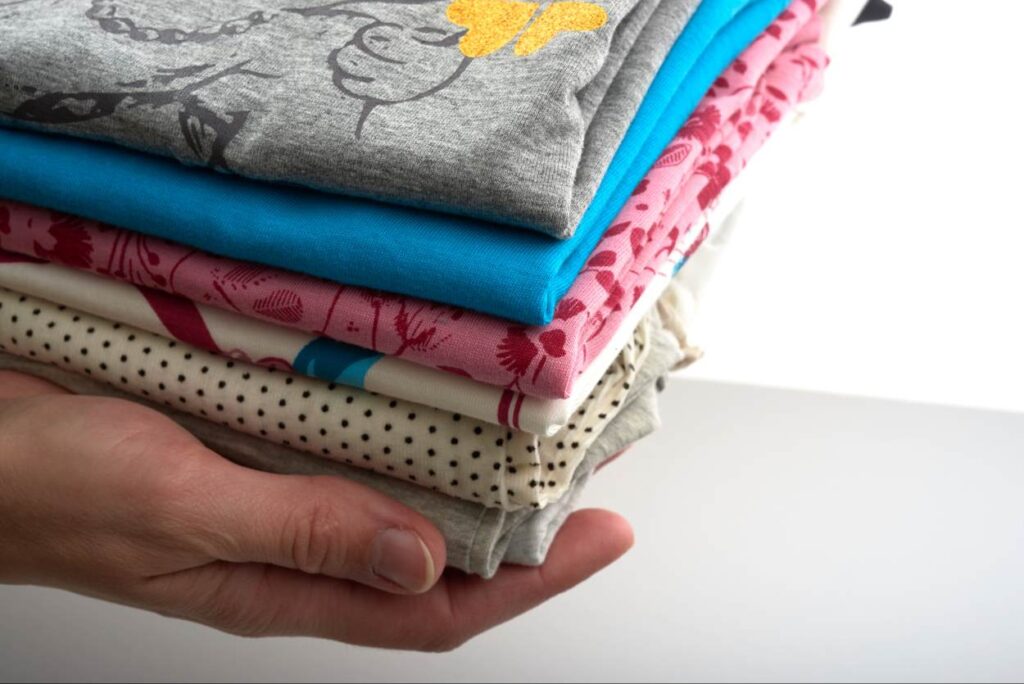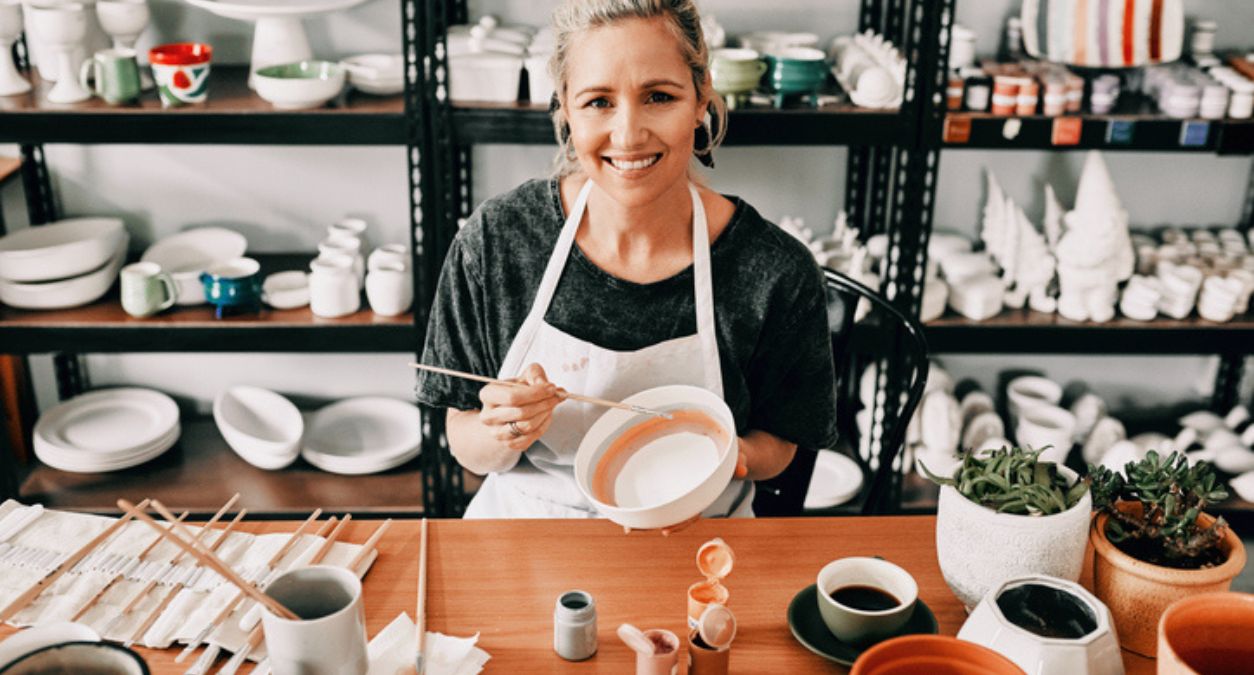Table of contents
Table of contents
Understanding when corporation tax is due is one of the most common pain points for UK company directors, particularly for new and growing businesses.
Whilst running your own business gives you flexibility and control it also means staying on top of responsibilities that don’t come with reminders or safety nets. Miss a deadline, and you could face interest charges, penalties, and unnecessary stress.
Many UK directors assume corporation tax works like self-assessment — but it doesn’t. Some of the most common misconceptions include:
- “Corporation tax is paid when I file my accounts”
- “My accountant automatically pays it for me”
- “The tax due date for corporations is the same for everyone”
In reality, corporation tax due dates depend on your accounting period, and payment is often due before your corporate tax return is filed.
For UK limited companies, corporation tax deadlines are fixed and enforced. Understanding them early helps businesses plan cash flow, avoid penalties, and stay focused on growth rather than firefighting.
This guide clears up exactly when is corporation tax due, who needs to pay it, and how to stay compliant in 2026 and beyond.
What is Corporation Tax?
Corporation tax is a tax on the profits of UK limited companies and certain organisations. It is paid to HM Revenue & Customs (HMRC).
Corporation tax is charged on:
- Trading profits
- Investment income
- Chargeable gains (for example, selling assets)
It is different from:
- Income tax, which applies to sole traders and individuals
- VAT, which is charged on sales rather than profits
Who needs to pay Corporation Tax?
Once you operate through a limited company, corporation tax becomes part of your regular obligations. You must pay corporation tax if you operate as:
- A UK limited company
- A foreign company with a UK branch or office
- A club, association, or charity with taxable profits
You do not pay corporation tax if you are:
- A sole trader
- In a partnership (partners pay income tax instead)
If you’re starting out or becoming a limited company, you’ll need to register with Companies House. Many companies get caught out when their corporation tax obligations are new or changing.
When is Corporation Tax Due in the UK?
One of the most searched questions by UK directors is “when is corporation tax due?” and the answer depends on two separate deadlines.
Understanding your accounting period
Your accounting period is usually:
- 12 months long
- Often aligned with your company’s year end
- It can be shorter in your first year
Your corporation tax due date is calculated from the end of this period, not the calendar year.
Corporation Tax Payment Deadline (2026)
For most UK limited companies:
Corporation tax is due 9 months and 1 day after the end of your accounting period.
Example:
- Accounting year end: 31st March 2025
- Corporation tax due date: 1st January 2026
This is the tax due date for corporations, regardless of when accounts are filed. You must pay the tax before or by this date, not when you submit your return.
When is the corporate tax return due?
Another common question is “when is corporate tax return due?”
Your corporation tax return (CT600) must be filed:
12 months after the end of your accounting period
Example:
- Accounting year end: 31st March 2025
- Corporate tax return due: 31st March 2026
This means:
- Payment comes first
- Filing comes later
Understanding this separation is critical to avoiding penalties.
Summary of corporation tax due dates
To clarify the due dates for corporation tax, here’s a simple breakdown:
- Corporation tax payment due:
9 months and 1 day after your accounting period ends - Corporation tax return due date:
12 months after your accounting period ends
These are the key corporation tax due dates most small businesses need to know.
How to calculate corporation tax
Corporation tax is calculated on your taxable profits. In the UK for company profits over £50,000 the rate is 25%. For under £50,000 the rate is 19%.*
The basic steps are:
- Start with your company’s profit
- Depending on your profit, check what rate you’ll pay
- Deduct allowable business expenses
- Adjust for capital allowances and disallowed costs
- Apply the correct corporation tax rate
As businesses grow, corporation tax often increases unexpectedly due to:
- Higher profits
- Reduced reliefs
- Changes in applicable tax bands
This is why forecasting becomes increasingly important.
How to pay corporation tax
Corporation tax must be paid electronically. You’ll need a Government Gateway account to pay online.
Accepted methods include:
- Online banking
- Telephone banking
- CHAPS or BACS payments
You’ll need:
- Your 17-character corporation tax payment reference
- To allow enough time for funds to clear
Paying a few days early helps avoid late payment interest due to bank delays.
Common corporation tax mistakes to avoid
Understanding when corporation tax is due is the single biggest factor in avoiding these mistakes. Many penalties arise from avoidable errors, including:
- Missing the payment deadline but filing on time
- Assuming an accountant pays the tax automatically
- Forgetting corporation tax after a profitable year
- Poor bookkeeping throughout the year
- Confusing the return due date with the payment due date
What happens if you miss the corporation tax due date?
If you miss the tax due date for corporations:
- Interest is charged on late payments
- Penalties may apply for late filing
- Repeated issues can trigger increased scrutiny from HMRC
Even a short delay can result in unnecessary costs. Find out more about what happens if you miss a tax payment deadline here.
How corporation tax changes as your business grows
Growth is usually the goal for independent businesses — but as profits increase, the way corporation tax applies to your company can change in ways that aren’t always obvious at first.
What starts as a relatively straightforward annual tax bill can quickly become more complex as profit levels rise. This is because corporation tax in the UK isn’t just about how much you earn, but where your profits sit within specific thresholds and rules.
As your business scales, your corporation tax obligations may change in the following ways:
Changes to corporation tax rates
The rate of corporation tax you pay depends on your level of taxable profit:
- 19% on profits of up to £50,000
- Up to 25% on profits between £50,000 and £250,000, with marginal relief applying
- Profits above £250,000 are taxed at the full 25% rate
For growing businesses, this can mean that a relatively small increase in profit leads to a larger-than-expected increase in the tax bill.
Changes to how and when you pay
As profits increase, the way corporation tax is paid can also change:
- Companies with profits up to £1.5 million typically pay corporation tax as a single lump sum
- Companies with profits over £1.5 million may be required to make quarterly instalment payments, spreading payments across the year
This shift can significantly affect cash flow if you’re not prepared for it.
When should you get professional help?
Getting professional advice isn’t a sign that things are getting complicated for the wrong reasons. In many cases, it’s simply a response to success, change, or uncertainty and a way to stay ahead rather than catch up.
You should consider professional advice if:
- Your profits are increasing year-on-year
Rising profits can push your business into different tax bands, change how much tax you owe, and affect when you need to pay it. Advice at this stage helps you plan rather than react.
- You’re paying more tax than expected
A larger bill isn’t always wrong, but it’s often a sign that there may be opportunities to plan better, budget earlier, or review how profits are structured.
- You’ve recently incorporated or expanded
Moving to a limited company, hiring staff, investing in assets, or entering new markets all change your tax position and responsibilities.
Early advice often prevents costly mistakes later. If you’re considering getting some help decide with our blog on if you should hire an accountant.
Staying ahead of corporation tax deadlines
Understanding when corporation tax is due, knowing your corporation tax due date, and separating payment deadlines from return deadlines is essential for every UK company director.
For growing businesses, staying ahead of corporation tax isn’t just about compliance, it’s about protecting cash flow and planning confidently for the future.
Get Business Insurance from Protectivity

*Disclaimer – This blog has been created as general information and should not be taken as advice. Make sure you have the correct level of insurance for your requirements and always review policy documentation. Information is factually accurate at the time of publishing but may have become out of date.
Last updated by







































